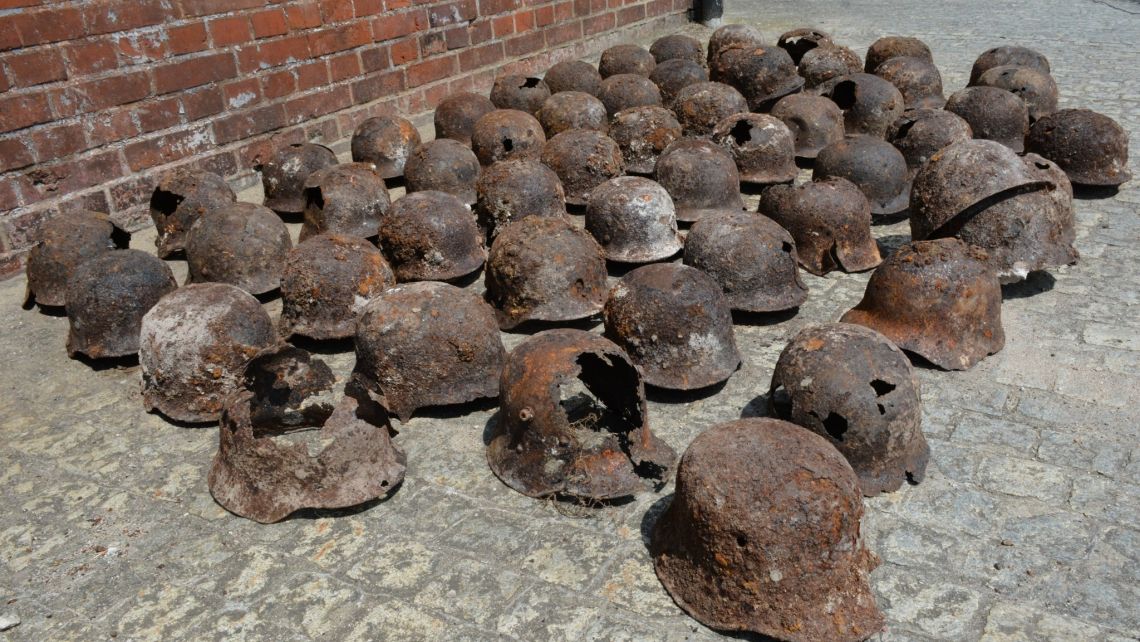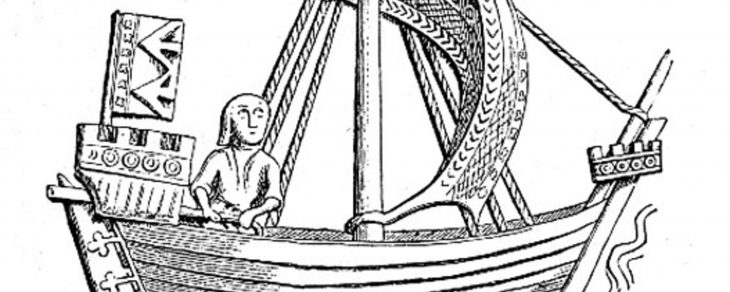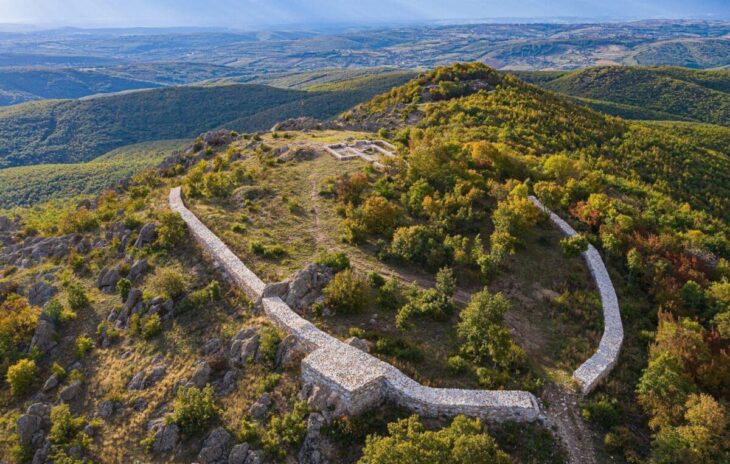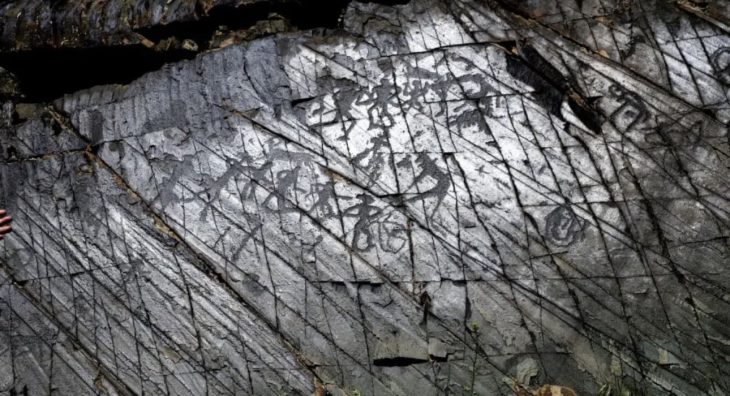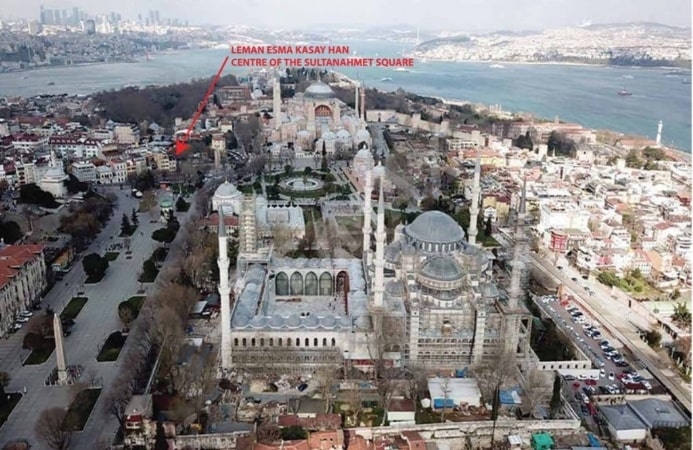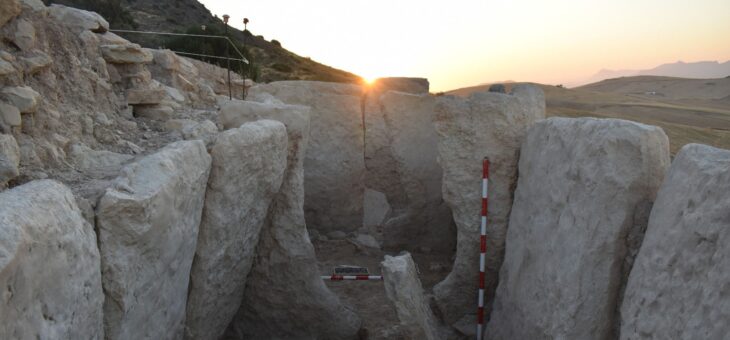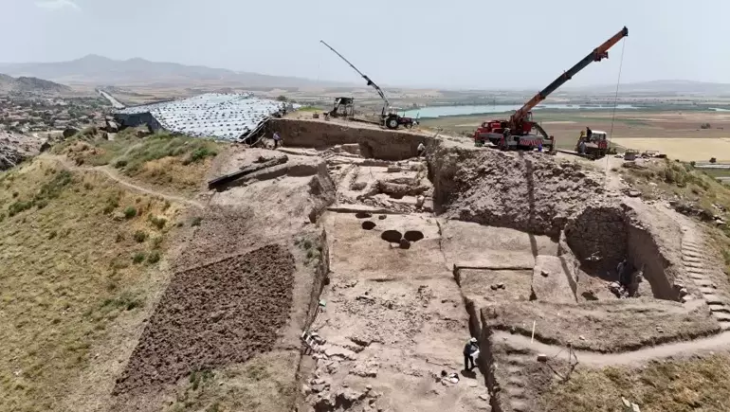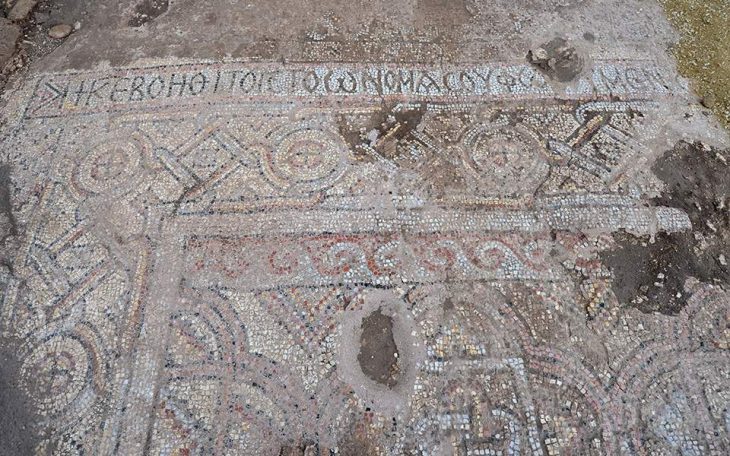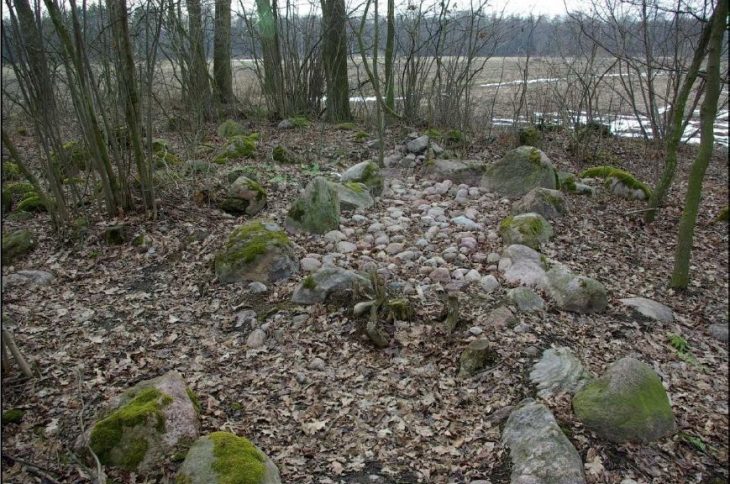In a remarkable archaeological discovery, over 50 military helmets from both World Wars have been unearthed just steps away from the Institute of Archaeology at the University of Wrocław in southern Poland. The rare find was made by roadworkers conducting surface repairs along Koszarowa Street, sparking immediate interest from archaeologists.
The majority of the helmets are German in origin, specifically M35 and M42 models from World War II, alongside a number of M16 helmets dating back to World War I. The cache also includes two M38 Luftschutz helmets, designed for German civil air defense, a Wz31 Polish helmet, and a Soviet SSz36, reflecting the region’s complex military history.
Experts believe the helmets were stored in an outbuilding that once formed part of the barracks of the German army’s 8th Signal Battalion. This battalion was stationed in Wrocław (then Breslau) during the Nazi occupation of Poland. The condition and orderly arrangement of the helmets indicate they were likely not used in combat, but rather kept for defensive purposes such as air raid or fire protection drills.
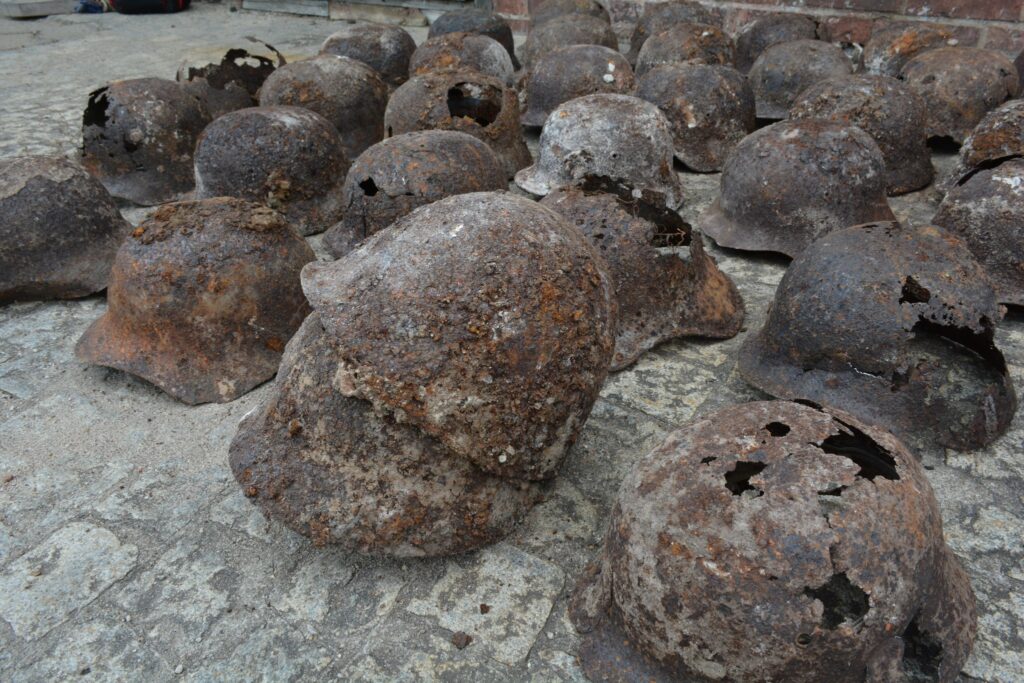
The helmets’ discovery comes in a significant year for the city, marking the 80th anniversary of the end of the Siege of Wrocław. In January 1945, Adolf Hitler had declared the city a fortress (Festung Breslau), ordering it to resist the advancing Soviet forces at all costs. The siege lasted three grueling months, ending only on May 6—just days before Nazi Germany’s surrender.
This find adds a tangible layer to the city’s wartime past and highlights Wrocław’s strategic importance during the final stages of World War II. According to the Institute of Archaeology, the helmets will be handed over to the Lower Silesian Voivodeship Conservator of Monuments, who will determine their long-term preservation and display.
📣 Our WhatsApp channel is now LIVE! Stay up-to-date with the latest news and updates, just click here to follow us on WhatsApp and never miss a thing!!
The discovery is a poignant reminder of the region’s turbulent 20th-century history and offers researchers valuable insights into the logistical and defensive preparations made by occupying forces. It also demonstrates how routine infrastructure projects can unexpectedly open windows into the past.
Cover Image Credit: The helmets were discovered during renovation works on the same street. Credit: zwiadowcahistorii.pl, M. Grześkowiak, P. Duma

